Cranfield University
Type of resources
Topics
Keywords
Contact for the resource
Provided by
Years
Formats
Update frequencies
-
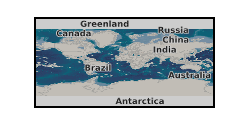
The data set encompasses the data generated through the 8 experimental runs on the 25 kWth calcium looping pilot plant at Cranfield University arranged into 8 functional Excel spreadsheets. The operational data are gathered by the acquisition with Labview software (the composition of the gas from the calciner and carbonator; temperatures of the electrical furnaces on the preheating lines and around the calciner; temperatures of the gas in the preheating lines and in the calciner) and Pico software (temperatures in the carbonator and lower loop seal and pressures in the calciner and in the carbonator). Moreover, the data from the experimental diary (inputs of gasses and solids into the rig) and the data from the post-processing of the extracted solids are included. All the data are combined into comprehensible charts that describe and explain the experimental runs together with the mass and energetic model of the system during steady state operations.
-
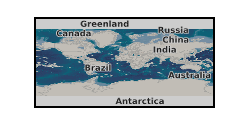
This project contributes significantly to the de-risking of a technology which has a significantly lower efficiency penalty than post-combustion capture using Monoethanolamine (MEA) scrubbing. The work here specifically targets two industrial sectors where MEA scrubbing is at a significant disadvantage (only ~ 30 % of the low-grade heat required for MEA scrubbing is present in a cement plant, for example [1]), and in both cases the spent CaO is valuable as an input to the process itself (either as the main feedstock for cement clinker production, or as a flux in iron production). The project builds on several current projects at both Imperial College and Cranfield University and offers excellent value for money because of these synergies. Grant number: UKCCSRC-C2-209.
-
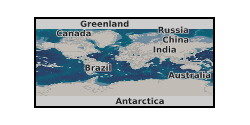
This poster on the UKCCSRC Call 2 project, UK demonstration of Enhanced Calcium looping, and first Global Demonstration of Advanced Doping Techniques, was presented at the Cardiff Biannual, 10.09.14. Grant number: UKCCSRC-C2-209.
-
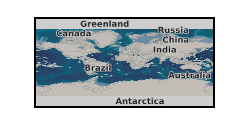
This poster on the UKCCSRC Call 2 project UK Demonstration of Enhanced Calcium Looping and first Global Demonstration of Advanced Doping Techniques was presented at the CSLF Call project poster reception, London, 27.06.16. Grant number: UKCCSRC-C2-209. Calcium (carbonate) looping is a promising carbon capture technology, which has been successfully demonstrated using a slip stream from the exhaust of a large-scale power plant. CO2 is captured as CaCO3, and is then calcined to release a pure stream of CO2 suitable for storage. The main advantage of this cycle is that the exothermic CO2 capture stage takes place around 650°C and the heat released in the carbonation process can be used in a standard steam cycle. The aims of this project are: • To demonstrate the viability of enhanced calcium looping technologies for CCS using a pelletized spent lime stream. • To demonstrate the viability of calcium looping for the removal of CO2 from industrial gases (steel and iron industry and cement industry). • To explore the use of enhanced Ca looping using HBr as doping agent.
-
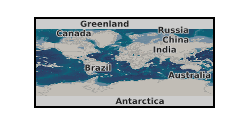
Final report for UKCCSRC Call 2 project, UK demonstration of Enhanced Calcium looping, and first Global Demonstration of Advanced Doping Techniques. Grant number: UKCCSRC-C2-209.
-
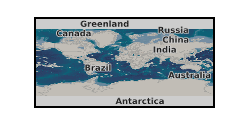
Experimental results used to parameterise and a test a mathematical model of uranium diffusion and reaction in soil. The exeperiments and model are described in Darmovzalova J., Boghi A., Otten W., Eades, L., Roose T. & Kirk G.J.D. (2019) Uranium diffusion and time-dependent adsorption-desorption in soil: a model and experimental testing of the model. Eur. J. Soil Sci., doi: 10.1111/ejss.12814. The research was funded by NERC, Radioactive Waste Management Ltd and the Environment Agency through the Radioactivity and the Environment (RATE) programme (Grant Ref NE/L000288/1, Long-lived Radionuclides in the Surface Environment (LO-RISE)).
-
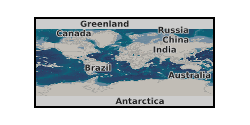
There were a number of aims of this project - to develop initial flowsheets and designs for CLC with oxygen uncoupling; to model and design reactors; and to produce and test a variety of novel materials for CLC with oxygen uncoupling. The project has succeeded in a number of aims; to develop and test materials (Cambridge), to conduct an initial test of CLC with oxygen uncoupling (the first at scale in the UK, conducted at Cranfield, and the major stated aim of the project - see Figure 2-13), and to model and develop a novel reactor for CLC with oxygen uncoupling (Imperial). Overall, these aspects exceeded the initial project brief. Initial time-dependent flowsheets were developed at Cambridge for CLC processes - unfortunately key staff loss led to a significant hiatus in the activity. Industrial reviewing was limited because of the challenges in developing the flowsheeting activity.
 BGS Data Catalogue
BGS Data Catalogue